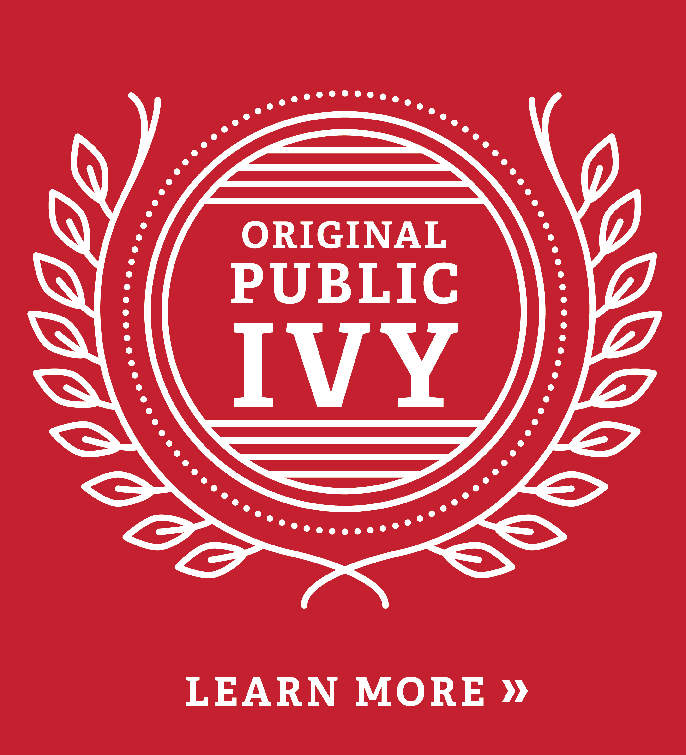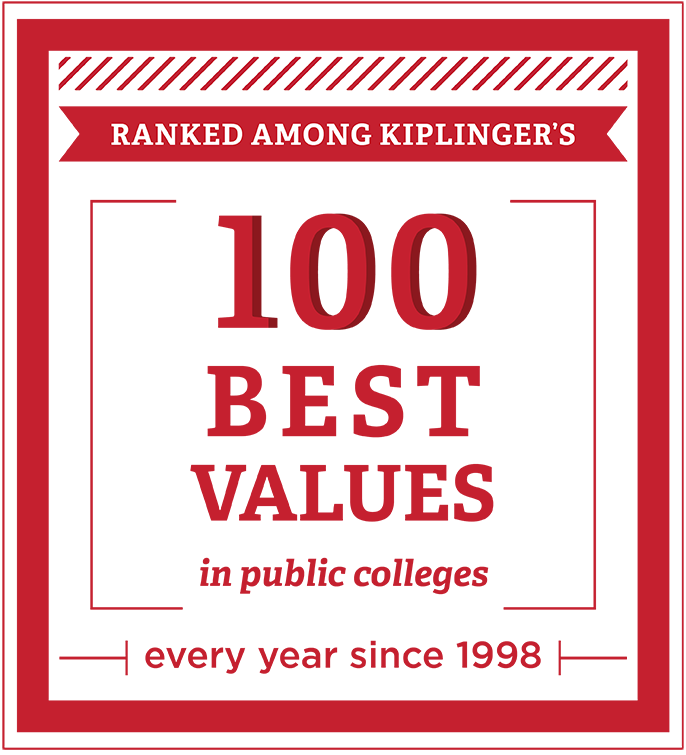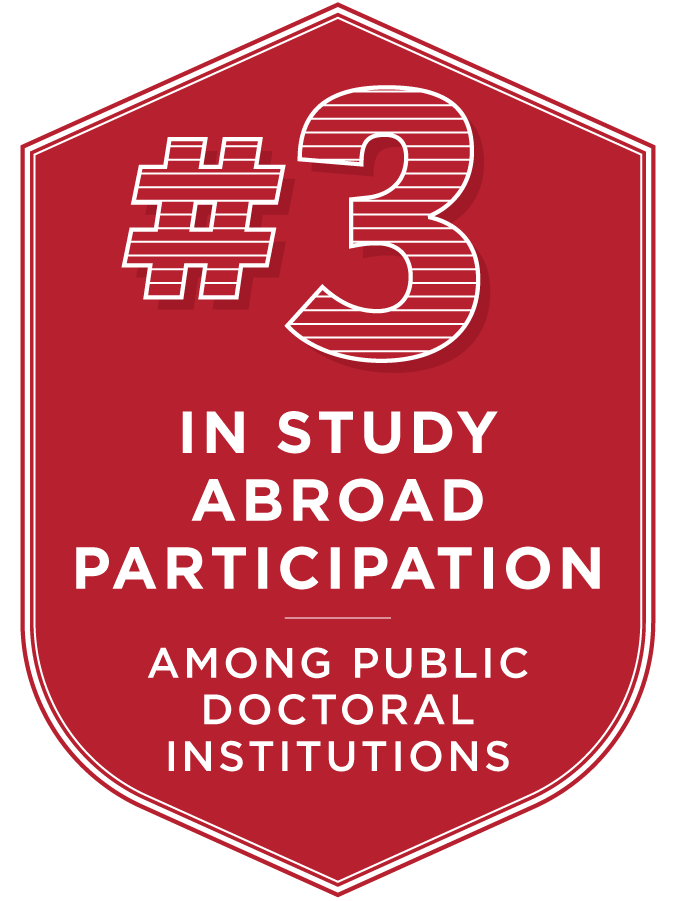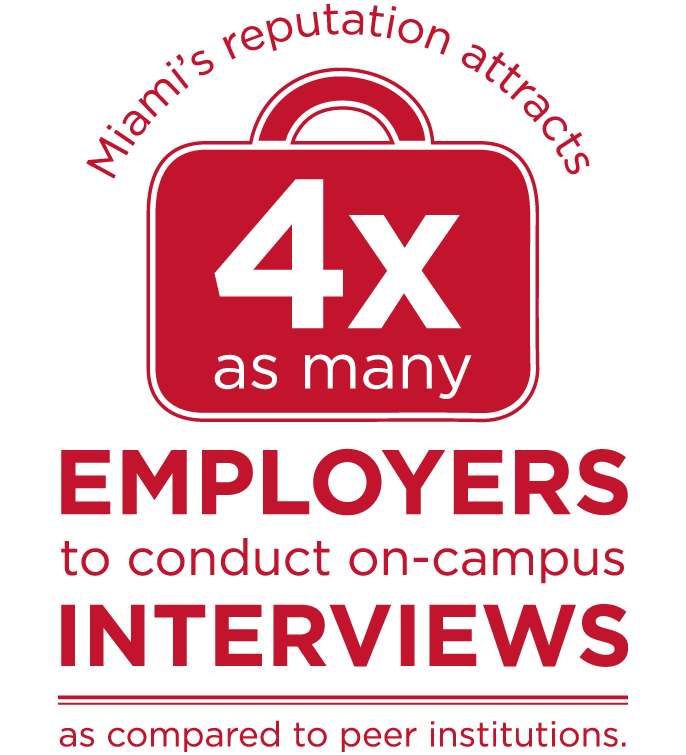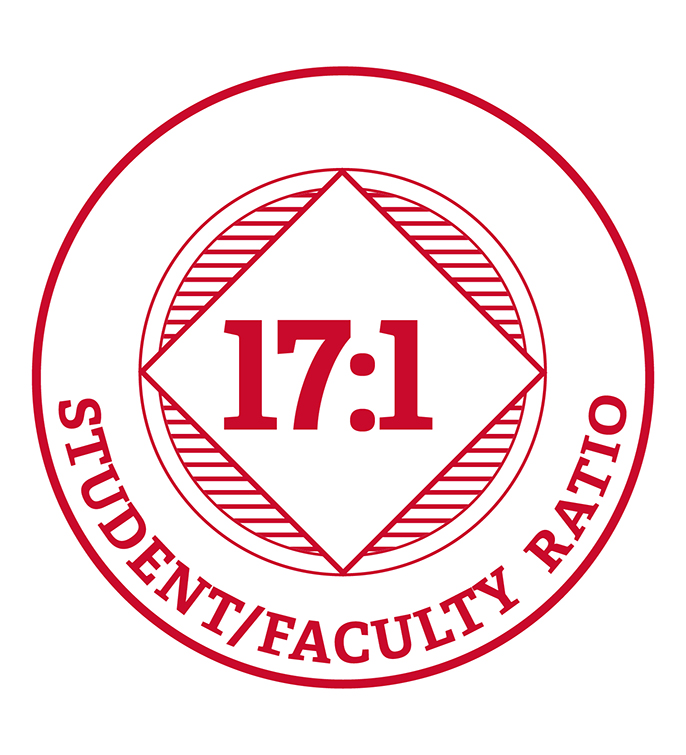Annual Address 2013
David C. Hodge
September 3, 2013
To be sure, the amount of resources that are available also matters, but at the end of the day it is what we do with those resources that matters even more. And this is where our goals come into play. Are we focused on those activities that make the biggest difference in moving us in the right direction? U.S.News & World Report ranked us third in the nation for "efficiently spending [their] limited resources to produce the highest possible educational quality." Because we are so focused on achieving the highest levels of success for our students, the value-added proposition is very high for Miami. The Miami 2020 Plan will take that even higher as we focus with more even clarity and more intention in creating a vibrant learning and discovery environment that produces extraordinary student and scholarly outcomes. Are our students graduating? Are they prepared and competitive as graduates of Miami? This is the heart of what Miami 2020 is all about on all of our campuses. This is what, ultimately, we mean by best.
So how do we achieve that success? The three foundational goals that I described earlier—transformational work environment, inclusive culture and global engagement, and effective partnerships and outreach—identify the framing goals and mission-critical activities. In addition to focusing on improving quality, these foundational goals also stress two other factors that are vital to our future success: improving productivity and diversifying our revenue sources.
There seems to be little doubt that the mounting pressures on higher education to constrain cost increases will continue into the foreseeable future. Quite simply, increasing tuition enough to cover increased costs is not an option. The challenge we face is that over 80 percent of our expenses are in people—which is critically important for a university that stresses its personalized environment! However, to control costs it will be critical to improve productivity. And that is something that Miami is becoming quite good at. Our whole approach to reducing our core budget has been founded on the premise that we can equal or improve outcomes at lower cost by prioritizing and redesigning what we do. Unlike many others, we rejected the notion of broad-based, non-strategic cuts which can in fact impede progress, in favor of aligning our budgets with our priorities. The Strategic Priorities Taskforce laid out the vision and challenges that we have met so well throughout the university.
The use of LEAN management techniques is perhaps the most visible example of the ways in which rethinking how we operate can make such a difference. The adoption of LEAN techniques is not only an effective change tactic. As more and more people are trained and participate in such activity (over 950 staff and almost 400 students), our culture is becoming more entrepreneurial and innovative. Similarly, the premise underlying the Top 25 Initiative has been that we can improve our teaching and learning outcomes without increasing our funding. Obviously that, too, requires a huge amount of innovation that reshapes how we approach our classes, use technology, and monitor outcomes.
So, clearly, our future success depends on finding ways to innovate and constrain cost increases. Yet, it is also obvious that we cannot simply save our way to success. In addition to improving productivity, we need to continue to create a more diversified set of revenue streams. Here again, we are making progress, though we need to intensify these efforts. We are increasing the number of students who enroll in 3+2 or 4+1 programs that provide our students with a clear pathway to an accelerated master's degree while increasing revenue. We are increasing the number of students who come from outside of Ohio which has both a positive financial impact and increases awareness of Miami nationally and internationally, leading to more opportunities for our graduates. Close to 40 percent of our first-year students are from outside Ohio, and we now enroll more than 1,300 international students from 67 countries.
We are devising a strategy for e-learning that will build on our strengths and focus on key goals. We offer a growing number of our more popular lower division courses online so that our students can take these courses, rather than courses from other providers, over the summer or during winter term. Again, in addition to a positive financial impact, such offerings add to our quest for success by providing a smoother path to timely graduation. The Farmer School plans to offer a general business minor online starting next summer, providing more non-business majors the opportunity to be grounded in the fundamentals of business—skills that will enhance their future prospects and add to their ability to contribute to whatever type of organization they serve. We are launching e-learning masters' programs through Oxford that provide more access to highly motivated learners. And we are greatly expanding our e-learning course offerings on the regional campuses to address the needs of the communities we serve. These are but some of the many initiatives that are being launched to extend our reach, provide more and better options for our students, and strengthen our financial foundations. Accelerating these initiatives is critical to our future success.


